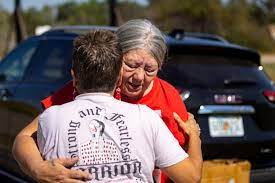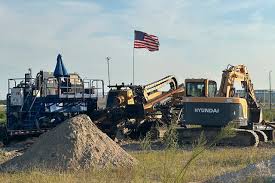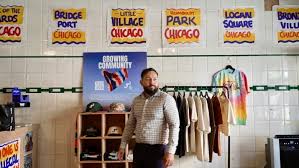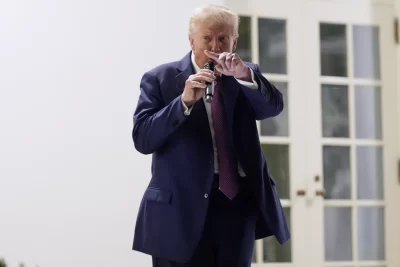
Yolanda Fraser is back near a ragged chain-link fence, blinking through tears as she tidies up flowers and ribbons and a pinwheel twirls in the breeze at a makeshift roadside memorial in a small Montana town.
This is where the badly decomposed body of her granddaughter Kaysera Stops Pretty Places was found a few days after the 18-year-old went missing from a Native American reservation border town.
Four years later, there are still no answers about how the Native American teenager died. No named suspects. No arrests.
Fraser’s grief is a common tale among Native Americans whose loved ones went missing, and she’s turned her fight for justice into a leading role with other families working to highlight missing and slain Indigenous peoples’ cases across the U.S. Despite some early success from a new U.S. government program aimed at the problem, most cases remain unsolved and federal officials have closed more than 300 potential cases due to jurisdictional conflicts and other issues.
As she told her granddaughter’s story, Fraser pushed past tears and began listing other names among the thousands of disappearances and violent deaths of Native Americans and Alaska Natives.
U.S. officials share frustration over the unsolved cases, which critics say reflects racial injustice, particularly when compared to the media frenzy that erupts when a white woman goes missing.
“The patchwork of jurisdictions makes it so hard to get started on these investigations. And when you lose time, your chances of solving these cases goes down,” said Assistant Secretary of Interior Bryan Newland. “It’s frustrating for everybody.”
Federal law enforcement has jurisdiction over most Native American reservations, which often don’t have their own police force yet experience people going missing at several times the rate of the rest of the nation. That’s set against a backdrop of historical injustices that include massacres of Native Americans by U.S. troops, forced assimilation of Native children in abusive boarding schools and the removal of many tribes from their traditional lands.
Members of several victims’ families joined Fraser recently to dedicate a billboard honoring victims along Interstate 90 just outside the town of Hardin where Stops Pretty Places died. The billboard lists four dozen missing and slain people and other victims on the Northern Cheyenne and Crow reservations in southeastern Montana.
As the names were recited over a loudspeaker some relatives of victims cried as they leaned into one another.
“When we’re divided we’re not strong at all, but when we’re together we’re powerful,” said Blossom Old Bull, whose son was killed in a car crash at 17 while being pursued by police whom the family blames for his death.
With backing from nonprofit groups and her family, Fraser hopes to erect similar billboards near reservations across the U.S. She wants to highlight the names behind crime statistics and for local officials to be confronted with the victims within their community.
Stops Pretty Places died in Big Horn County, just outside the Crow Indian Reservation and about 55 miles (89 kilometers) from Muddy Creek, the Northern Cheyenne Reservation community where Fraser largely raised her. She’d been missing for several days when her body was found at the edge of a fenced-in yard next to a busy road, one door down from where she’d last been seen with some friends.
For years, the family’s pleas for an outside investigation went unanswered. This spring they learned county authorities had finally agreed to federal assistance. Agents from the Bureau of Indian Affairs’ Missing and Murdered Unit are now reexamining the case.
The unit was formed in 2021 by U.S. Interior Secretary Deb Haaland amid rising criticism over the mishandling of crimes involving Native Americans. Its agents have received 845 case referrals, primarily from victims’ families, including 117 that were solved and 372 still under review or being investigated.
More than 350 were closed with no resolution, often because of jurisdictional issues that prevent federal agents from working off-reservation without an invitation from local authorities.
The Missing and Murdered Unit has only 15 agents, with plans to more than double that figure, officials said. Its caseload covers a small fraction of an estimated 4,200 unsolved cases nationwide among American Indians and Alaska Natives, with the victims ranging in age from toddlers to the elderly. Indigenous people account for 3.5% of missing persons in the U.S. — more than three times the percentage in the overall population, according to federal data.
Violent crimes reported against Native Americans more than tripled between 2010 and 2020, the Congressional Research Service reported in July, adding that improved reporting could have contributed to the increase.
“All these cases, they’re really different but it all has to do with the same thing — the lack of law enforcement on reservations. the jurisdictional problems,” said Melissa Lonebear, a member of the Northern Cheyenne Tribal Council.





